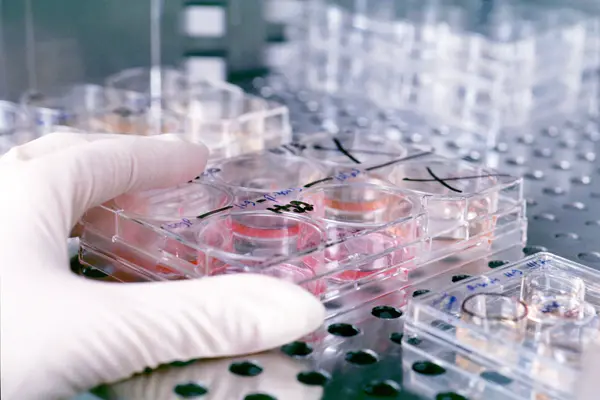U.S. researchers said Thursday they turned skin cells into heart cells and brain cells using just a combination of chemicals, a breakthrough that may lay the foundation for one day regenerating lost or damaged cells with pharmaceutical drugs.
All previous work on cellular reprogramming required adding external genes to the cells, but the new discovery offers a more efficient and reliable method to reprogram cells and avoids medical concerns surrounding genetic engineering such as causing tumors, said Professor Ding Sheng of the University of California, San Francisco, who led the research.
"This method brings us closer to being able to generate new cells at the site of injury in patients," said Ding, whose two papers were published in the U.S. journals Science and Cell Stem Cell.
Adult hearts have a very limited ability to generate new cells, so scientists have searched for a way to replace cells lost after a heart attack, such as transplanting adult heart cells or stem cells into the damaged heart.
However, these efforts have been largely ineffective, as most transplanted adult cells do not survive or integrate properly into the heart, and few stem cells can be coaxed into becoming heart cells.
An alternative approach used genes to convert scar-forming cells in the heart of animals into new muscle that improved the function of the heart.
In the Science study, the researchers used a cocktail of nine chemicals to change human skin cells into heart cells.
By trial and error, they found seven chemicals that change the cells into a state resembling multi-potent stem cells, which can turn into many different types of cells in a particular organ.
Two additional chemicals helped transition the cells to become heart muscle cells.
When the cells were transplanted into a mouse heart early in the process, they developed into healthy-looking heart muscle cells within the organ.
In the second study, published in Cell Stem Cell, the scientists created neural stem cells from mouse skin cells using a similar approach.
The chemical cocktail again consisted of nine molecules, some of which overlapped with those used in the first study.
Over ten days, the cocktail changed the identity of the cells, until all of the skin cell genes were turned off and the neural stem cell genes were gradually turned on.
When transplanted into mice, the neural stem cells spontaneously developed into the three basic types of brain cells: neurons, oligodendrocytes, and astrocytes.
The neural stem cells were also able to self-replicate, making them ideal for treating neurodegenerative diseases or brain injury.
"Our hope is to one day treat diseases like heart failure or Parkinson's disease with drugs that help the heart and brain regenerate damaged areas from their own existing tissue cells," said Ding. "This process is much closer to the natural regeneration that happens in animals like newts and salamanders, which has long fascinated us."
(APD)
 简体中文
简体中文

